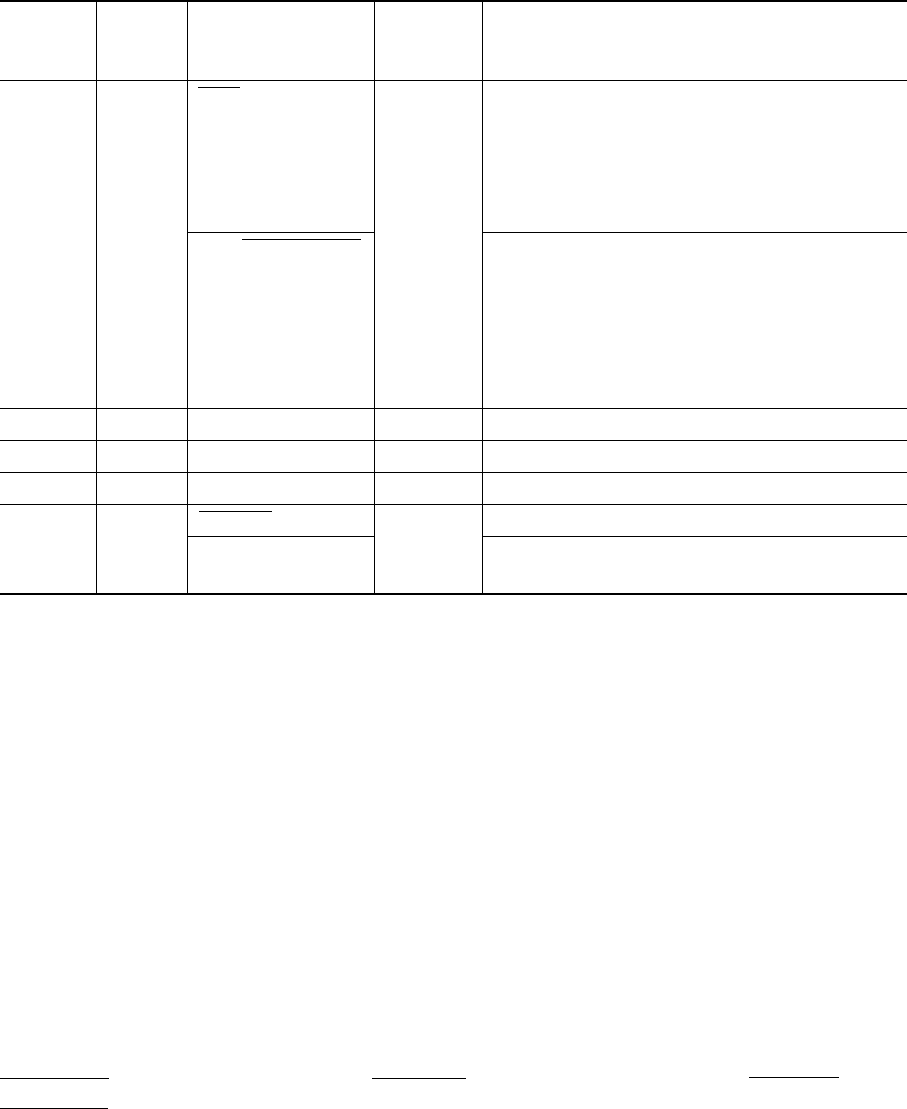
5-5
Table 5.1 Parallel interface signals (continued)
Return
line pin
number
–
–
–
–
–
Signal
Compati mode
Nibble mode
Fault
Data Available
Signal Ground (SG)
–
+5 VR
SLCT-IN
1284 Active
Description
This signal goes low under the following printer
conditions:
(1) Offline
(2) Paper out
(3) Cut-sheet feeder error
(4) Other printer error
Reverse data transfer phase:
This signal is set low when the printer is ready to
send data to the host. During the data transfer, it
is used as data bit 0 (LSB), then data bit 4.
Reverse idle phase:
This signal is used to indicate that data is avail-
able.
Logical ground level (0 V)
No connection
Pulled up to +5 V through a 3.3 kΩ resistor
Not used
This signal goes high to cause the printer to enter
the reverse data transfer phase (nibble mode).
Connec-
tor pin
number
32
33
34
35
36
Direction
Output
–
–
Output
Input
5.2.3 Data transmission timing
The 9300/9400 uses a bi-directional parallel interface complying with IEEE 1284. This interface is also compat-
ible with the conventional Centronics interface. Data transfer from host to printer is performed according to
Centronics standard, called compatible mode. Data transfer from printer to host, it is performed according to the
IEEE 1284 standard, called nibble mode.
In compatible mode, the printer receives data from the computer in handshaking mode based on the Busy and
Acknowledge signals from the printer and the Data Strobe signal from the computer. For the Data Strobe and
Acknowledge signals, the timing of the Busy signal must be as shown in the compatible mode of Figure 5.5.
To send data from the printer to the host, the interface enters the nibble mode where data is sent in units of four
bits (nibble) using four output signal lines as data paths. The data transfer sequence in nibble mode involves
negotiation phase, reverse iddle phase, reverse data transfer phase, and termination phase. Figure 5.5 shows the
reverse data transfer phase where data is sent.
Notes:
1. Left-aligned signal names are in compati mode and right-aligned ones are in nibble mode.
2. The direction (input and output) refers to the printer.
3. Return line: Twisted-pair return line connected to the signal ground level


















